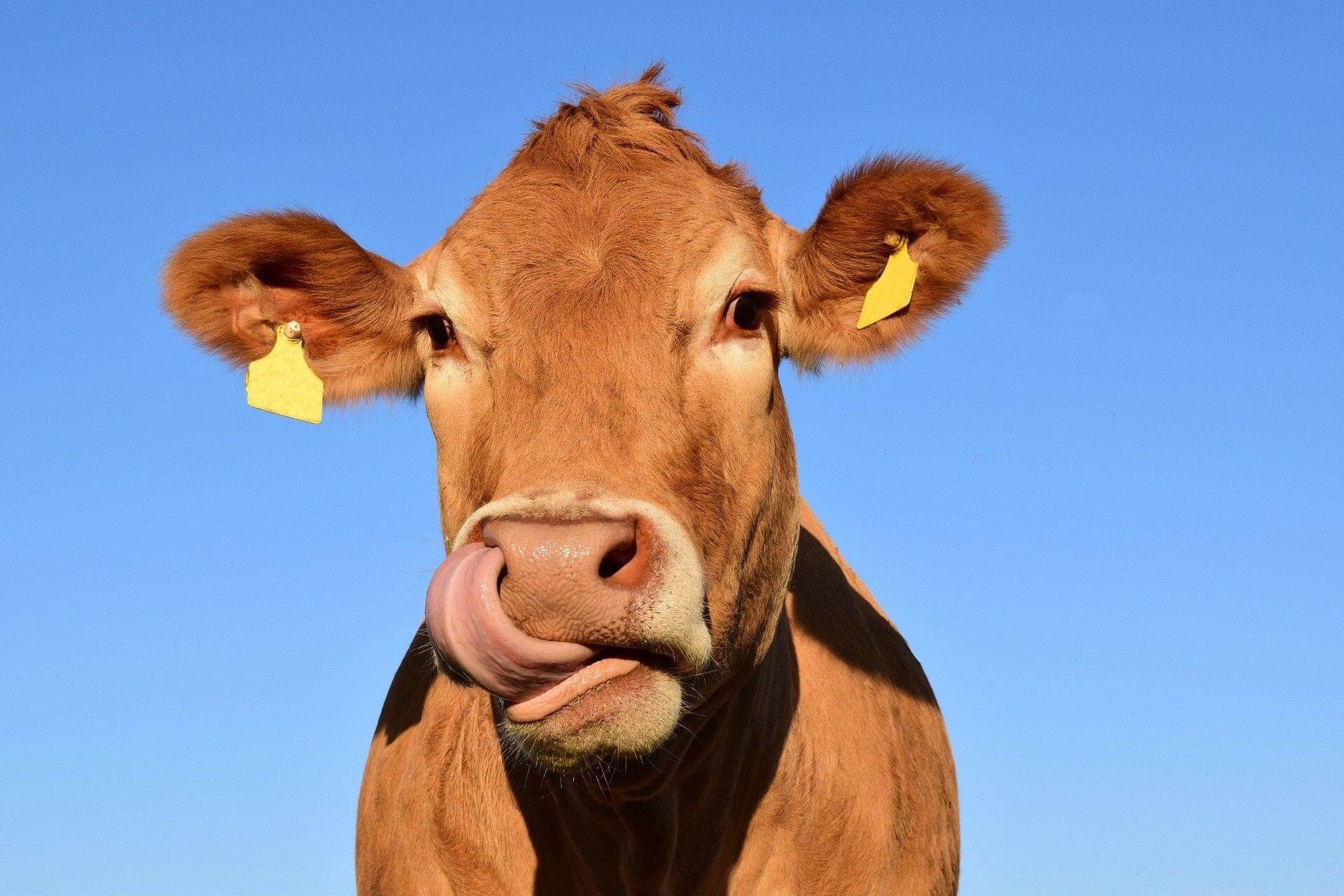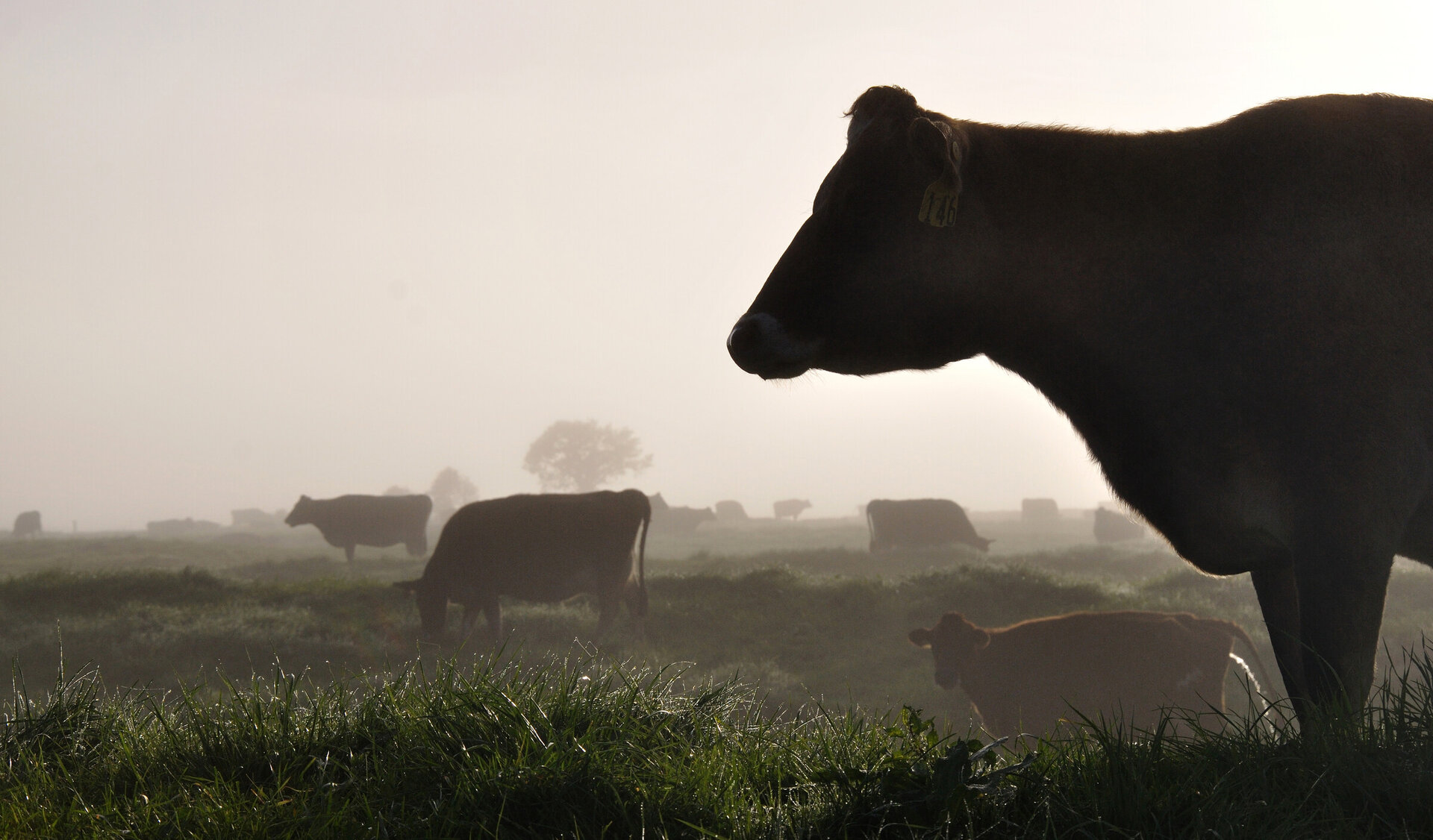Why use New Zealand dairy sires in the Tropics?
Our bulls are proven to produce medium sized animals that will produce more profit for you. New Zealand genetics are also proven to have world’s highest milk solids composition per liter of milk (8.5% Fat and Protein) resulting in considerable advantages and savings in logistics and value added processing.
Consider these key factors when choosing the right bulls to breed within your herd
- Environment
A breed robust to handle the climate and carries the, 'slick gene'. Slick cows have superior ability to regulate body temperature, resulting in up to 3-4 liters more milk per day under heat stress, compared to non-slick cows. They also have improved tick resistance, and better growth rates as calves compared to non-slick calves. - Cow size and breed
A breed choice proven and tested to perform. - Your farming management system
how the breed will adapt to it. - Inherent genetic make up
Protect against deterioration - if you choose the right bull today, you will get the benefits of that bull for generations to come. - Good Fertility
You want confidence that the animals have the best opportunity to get in calf every year. Poor fertility reduces genetic gains, decreases production, and REDUCES profit. - Longevity
How long do you want your assets (milking cows) to be milking in the herd? Reduce poor survival rates means more lactation's from your cows within your herd, lowering the cost of replacements and INCREASES profit
Building Sustainable Within Your Herd Will Help You Make More Profit. Dairy Breeds We Routinely Provide:
Crossbred
During the 20th century Holstein-Friesians were bred with jersey cows to produce a cow that has a dark-brown coat that would produce more milk soilds.
Crossbreeding results in hybrid vigour – an increase in the level of production traits greater than the level in the parents, the results will be shown in the crossbred offspring, their performance is better than their parents and they inherit traits that are very efficient and have the advantage from both parents that include these profit benefits.
Revenue Benefits
- Medium sized animal
- Produce more milk soilds
- Good udder conformation
- Extra fertility and durability from hybrid vigour
- Maximum efficiency per hectare, ability to maintain condition
- Adaptable to climate changes
- Ease of calving
Jersey
New Zealand has the largest population of jersey cows in the world. Jersey cows produce more butterfat per litre of milk, they and are smaller and easier to handle. While also being kinder to the environment. 66% of the jersey population carries the A2A2 gene.
Revenue Benefits
- Great Fertility
- Heat tolerant
- Easy to handle
- Great health traits
- Adaptability to milking
- Good shed temperament

Holstein Friesian
Holsteins are the most common milking cow in the world and are wide spread around New Zealand. They are large framed cattle and their milk has high concentration of proteins and lactose. The breed has the ability to adapt to a variety of environmental conditions, produce high volumes of milk and good quality meat.
Revenue Benefits
- Medium sized animals
- Easy calving
- Fertile
- High milk production
- Mastitis resistance




